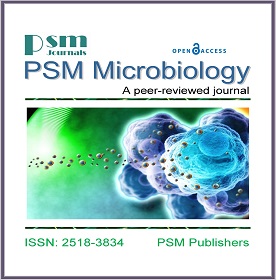Medicinal Evaluation of Common Plants against Mouth Microflora
Keywords:
Herbal remedy, therapeutic activity, antimicrobial activity, zones of inhibition, Divisional Public School, Rawalpindi.Abstract
Herbal remedy is one, in which the main therapeutic activity rests on plant metabolites (active principle), which it contains. The effectiveness of plant barks on mouth microbes using all available plants (total 13) in the garden of Divisional Public School, Rawalpindi was tested. The bark samples were dried, grinded and centrifuged to collect clear supernatant in sterilized tubes. Five discs made of Whatmann paper were dipped in each freshly extracted bark extract to be used for its antimicrobial activity against mouth microbes. Mouth microflora was cultured in nutrient agar and incubated overnight at 37oC. Then five pre-soaked discs from each aqueous extract were placed at equal distance from each other in pre-incubated agar plate containing mouth microflora. The plates were incubated overnight at 37oC and next day measured the zones of inhibition. The barks of some these plants showed significant antimicrobial activities against mouth microflora. Callistiman lanceolatus (bottle brush) showed highest level of activity and its zone of inhibition was quite clear and large (8 mm), followed by Zizypus jujuba (bairy) showing clear zones of inhibition (6 mm), Syzigiun cuminii (Jaman) and Eriobotrya japonica (Lokat) (4mm) each, and Mangifera indica (Aam) and Eucalptus alba (Safaida) were positive with 2 mm zone of inhibition. The least activity was observed in the case of Melia azedarch (Adraik) -a very common plant in this region, with maximum activity 1 mm. The aqueous extracts from remaining six plant species showed no activity. Two positive controls were also used, one was broad-spectrum antibiotic (Ampicillin) and other was common toothpaste (Colgate). Plant barks are good source of valuable therapeutic agents as they have active components that can kill/retard the activity of microflora of our mouth cavity.




